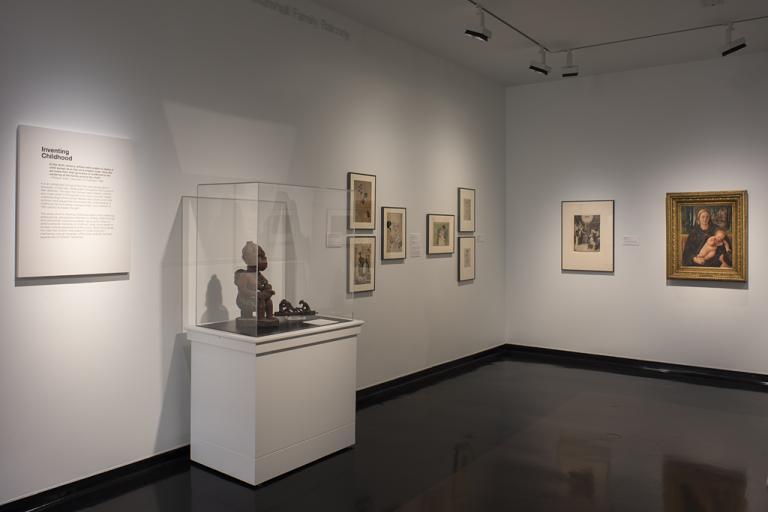Goldfish, Kitagawa Utamaro
Artwork Overview
Kitagawa Utamaro, artist
1754–1806
Goldfish,
circa 1802, Edo period (1600–1868)
Portfolio/Series title: Elegant Comparison of Little Treasures
Where object was made: Japan
Material/technique: color woodcut
Dimensions:
Object Height/Width (Height x Width): 380 x 255 mm
Object Height/Width (Height x Width): 14 15/16 x 10 1/16 in
Object Height/Width (Height x Width): 380 x 255 mm
Object Height/Width (Height x Width): 14 15/16 x 10 1/16 in
Credit line: William Bridges Thayer Memorial
Accession number: 1928.7897
Not on display
If you wish to reproduce this image, please submit an image request




